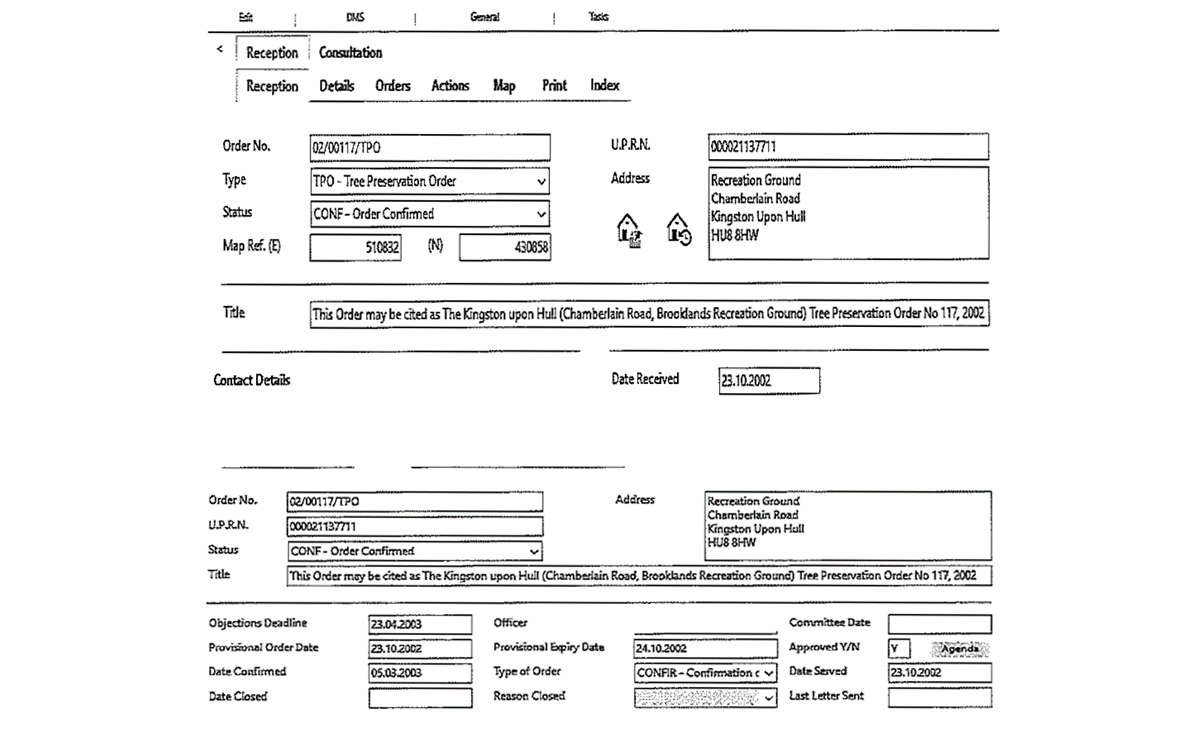Local government has been utilising Unique Property Reference Numbers (UPRNs) for many years. The unique code is assigned to every addressable location across the United Kingdom. These can range from the more typical buildings and properties to less obvious addressable locations, such as ponds, bus shelters, or structures such as electricity substations; each home address in the UK has its own UPRN.

UPRNs being a broadly beneficial component of digital location data is no new revelation. We know that using UPRNs saves us time, and creates efficiencies by reducing the risk of duplication and confusion. A UPRN is a number of up to 12 digits, designed for computer-to-computer interactions. But what if the public could also benefit from this and become familiar with their own UPRN of where they live or work? This would benefit residents and authorities alike, simplifying the narrative and helping to educate the public on a subject that is becoming increasingly relevant in all government forms.

Implementing the data
There are many benefits in encouraging the public to be more aware of the availability of their UPRN. Following the government’s mandate to use UPRNs and USRNs (Unique Street Reference Number) in all central government databases, members of the public will become more and more familiar with seeing their own UPRN. In addition, we are seeing increased usage by other public facing organisations across the utility; insurance; banking and transport sectors.
The benefit to the local authority from having more awareness by the public of their UPRN is that it offers the potential to extend this efficiency to day-to-day interactions. Quoting the UPRN for a missed bin collection; school admission application or any one of the huge numbers of other interactions would speed up these interactions and create improved customer services.
One example within which the value of the public becoming familiar with the UPRN shines through would be through the process of buying property. Essentially, if you are buying or selling a property, you will now either see the UPRN or be asked to populate it on the industry standard selling / purchasing form. The benefits of this inclusion are significant, as its use helps provide a definitive reference to the property, removing any ambiguity etc. Examples of these forms can be found here.
Leading on from this, an example of the UPRN being used in address based interactions is Brighton & Hove Council’s Address Search function. This is an established site that offers users the ability to search for current or historical cases relating to a property. This can be done through a number of searches, such as street name, postcode, town name etc. One of which being the UPRN. This optional inclusion is quite appealing when transitioning to include UPRNs in more forms, as while it does not force the user to engage, it equally does bring awareness to its existence.
Another instance of UPRNs already being used in public forms in a local authority is Hull City Council’s tree preservation order forms. These have utilised UPRNs since around 2015, for the tracking of a tree preservation order against a tree in Hull’s recreation ground. This can be seen below, and found here: https://www.hull.gov.uk/environment/environment/works-trees-and-tree-preservation-orders

There is no defined route to incorporate UPRNs in public forms, as well as a freedom from other licensing restrictions around their use in public service delivery by local authorities.
Next Steps
Concluding, there are a number of benefits in adding the UPRN in order to begin familiarising the public with this system. Adding the UPRN to any public facing forms is one good place to start.
An easy method for residents to find their UPRNs comes from FindMyAddress. This is a useful tool created by GeoPlace, holding address data against properties within one easily accessible system for public use.
Alternatively, you are also able to add the FindMyAddress widget to your local authority’s website. This will allow residents to go directly to FindMyAddress for your local authority. This can be accessed here, with the ability to utilise either small, medium or large sized widgets.
Overall, the benefits of having residents familiar with the internally used system will be valuable in the long run, and the initial implementation is a great place to start.
Further Relevant Links
Why UPRNs? www.geoplace.co.uk/addresses-streets/location-data/the-uprn
Bridging Central and Local Government with UPRNs: www.geoplace.co.uk/case-studies/bridging-central-and-local-government-with-uprns-to-respond-to-covid-19
Unique Property Reference Numbers (UPRNs) - The Golden Key in the Property Sector: www.geoplace.co.uk/news-events/events/webinars/uprns-the-golden-key-webinar
So what are these UPRNs and USRNs that everyone is talking about?: www.geoplace.co.uk/blog/2020/so-what-are-these-uprns-and-usrns-that-everyone-is-talking-about
Using address and street data: www.geoplace.co.uk/addresses-streets/data-in-use/guidance



